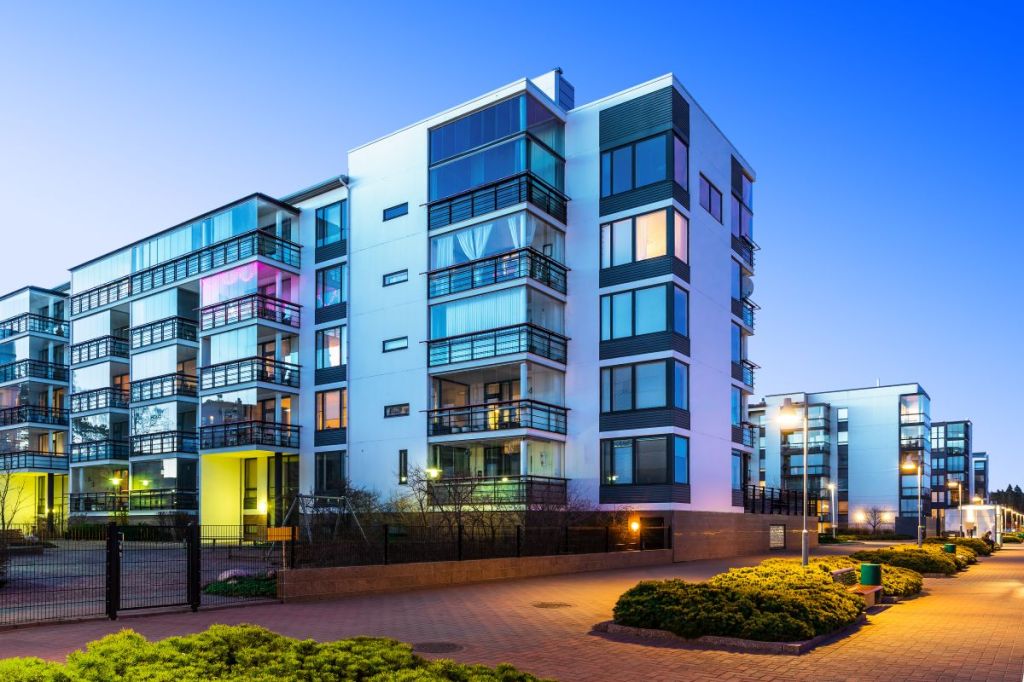Multifamily performance remained strong through the first half of the year, with rents rising $20, or 1.2%, over the first two quarters. However, economic uncertainty and high supply in many markets have muted rent growth, according to the latest Yardi Matrix National Multifamily Report.
“Rents in the first half of 2025 grew by about half of the rate in the pre-pandemic economic cycle,” noted the report. “Since rent growth is seasonal, typically concentrated in the first two quarters, that means full-year 2025 growth is likely to be tepid.”
Over 250,000 apartments were absorbed in May, which puts the industry on track for another year of strong demand. The Sun Belt led the way for unit absorption. Austin, Texas, saw 22,000 units absorbed, followed by Charlotte, North Carolina; Nashville, Tennessee; Raleigh-Durham, North Carolina; and Orlando, Florida. ==
The national average advertised asking rent increased $3 to $1,749 in June, with year-over-year growth flat at 0.9%. The Midwest saw the top rent gains, led by Chicago at 3.6%; Columbus, Ohio, at 3.3%; and Kansas City, Missouri, at 3.2%. On the other end, advertised rent growth remained negative in several Sun Belt and Mountain West metros, including Austin at -4.7%; Denver at -3.9%; and Orlando and Dallas, both at -1.2%.
The national occupancy rate held steady at 94.6%, where it has been since the start of the year. This is down 0.2% year over year.
Month over month, only four of the top 30 metros posted rent declines in June. Rents were up 0.2% for both the renter-by-necessity and luxury lifestyle segments. Gains were led by gateway and tech hub markets. With a limited amount of new supply in the past year, Chicago led the top 30 metros with a 0.7% month-over-month increase. Rounding out the top five for the month were Boston at 0.6%; and Columbus, San Francisco, and Seattle at 0.4%.
On the single-family rental (SFR) side, advertised rents increased $4 in June to $2,201, with year-over-year growth up 0.7%. This marked the first time SFR advertised rents surpassed $2,200. SFR occupancy rates were stable at 94.9%.
“SFR performance can be attributed in part to the formation of new partnerships with home builders,” noted the report. “While scattered-site acquisitions once fueled the expansion of institutional SFR portfolios, rising interest rates and the build-to-rent model significantly curbed this approach. Institutional growth in the sector is increasingly driven by BTR development.”
Chicago, Kansas City, and California’s Inland Empire experienced the highest year-over-year growth in June, while Raleigh, Austin, and Tampa, Florida, came in at the bottom of the list.
